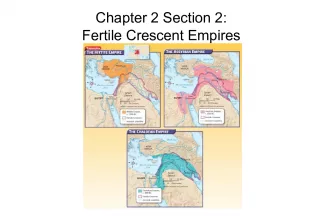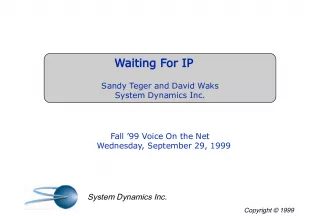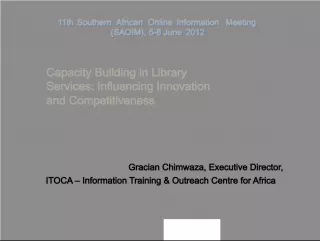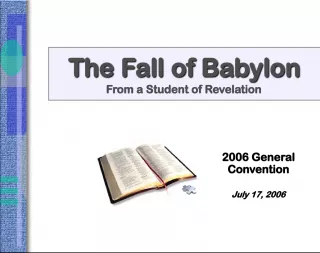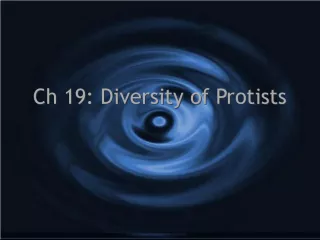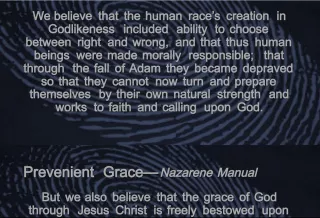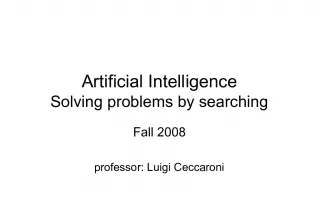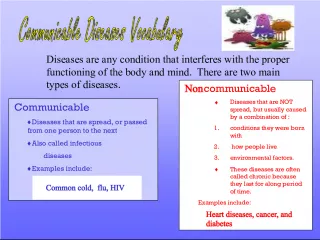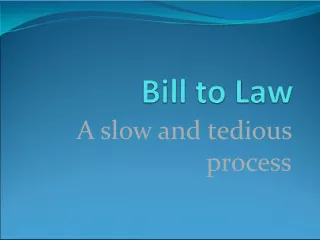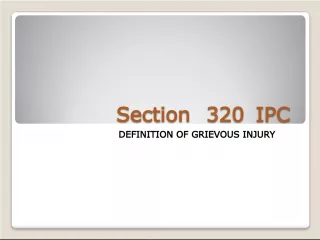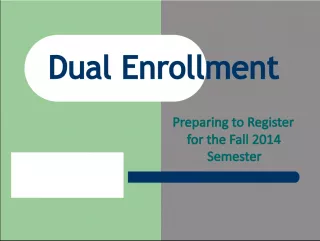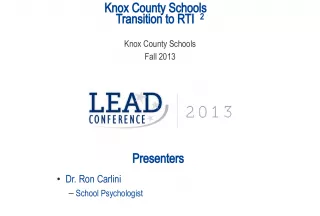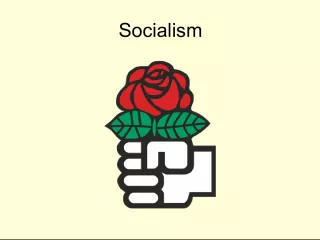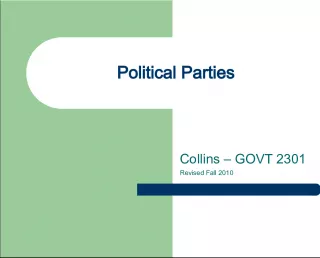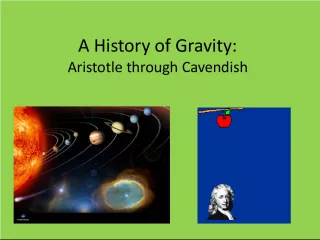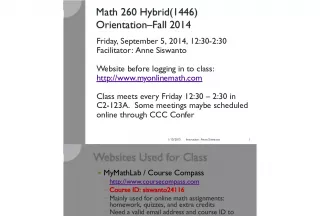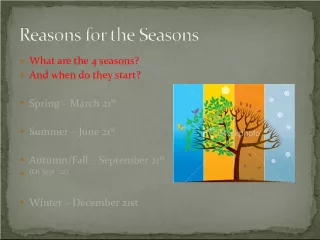Convocation Fall 2021 - E lauhoe mai na wa


This year's convocation challenges us to work together and paddle our canoes towards success in the midst of difficult times.
- Uploaded on | 0 Views
-
 mikolaj
mikolaj
About Convocation Fall 2021 - E lauhoe mai na wa
PowerPoint presentation about 'Convocation Fall 2021 - E lauhoe mai na wa'. This presentation describes the topic on This year's convocation challenges us to work together and paddle our canoes towards success in the midst of difficult times.. The key topics included in this slideshow are . Download this presentation absolutely free.
Presentation Transcript
1. Convocation Fall 2010 E lauhoe mai na wa’a, i ke ka, i ka hoe; i ka hoe, i ke ka; pae aku i ka aina. Everybody paddle the canoes together; bail and paddle, paddle and bail, and the shore is reached.
2. First Things First Welcome Back Introductions Awards
3. Click to edit the outline text format Second Outline Level Third Outline Level Fourth Outline Level Fifth Outline Level Sixth Outline Level Seventh Outline Level Eighth Outline Level Ninth Outline LevelClick to edit Master text styles Second level Third level Fourth level Fifth level KCC Rocket Launch Click to edit Master text styles Second level Third level Fourth level Fifth level Click to edit Master text styles Second level Third level Fourth level Fifth level
4. Click to edit the outline text format Second Outline Level Third Outline Level Fourth Outline Level Fifth Outline Level Sixth Outline Level Seventh Outline Level Eighth Outline Level Ninth Outline LevelClick to edit Master text styles Second level Third level Fourth level Fifth level More Great Stuff 3 new scholarships established, 2 in nursing and 1 in technology. We will be asked to help with the Old Koloa Sugar Run in November since this pays for 2 of the scholarships Wai’ale’ale Project began—to assist students with financial constraints who did plan to attend college. Pays for tuition, books and fees. 50 students admitted. Summer Bridge Program successful Over 30 of the 50 enrolled for fall.
5. Current Budget Cycle One further cut to absorb but because of increased enrollment we’ll be ok. Sufficient funds for normal operations. We are looking at base budgets for each division/area. If you believe that your area has insufficient operating budget, please bring your request and rationale to the first College Council Meeting of the Year, on September 3. Request through Chancellor’s office for special needs
6. Biennium Budget: 3-Part Request PCRs for Workforce Development in 4 areas: New and Emerging Programs, Improve Quality of Existing CTE Programs and STEM Initiatives, Distance Education for CTE Programs • Automotive NATEF Certification • The Greening of FENG • Plant Bioscience Technology Program Enrollment- we have met our strategic goal Performance
7. Biennium Budget Request Performance Weight Degrees/Certificates 35 Native Hawaiian Degrees and Certificates 10 STEM Degrees and Certificates 5 Pell Recipients 10 Transfers 40
8. Biennium Budget Process We have met our targets for 2010 in all areas except STEM Degrees/Certificates We have not met all of our targets for 2011 and beyond We all have a role in reaching these targets
9. Accreditation Timeline Chair of Chairs selected in May 2010—Bonnie Honma and Anne McKenna Training for Accreditation Sept or Oct 2010 Standard Chairs appointed fall 2010 and Self Study begins
10. Accreditation Timeline Campus completes all consultation on Self Study by end- of-semester 2012 Self Study submitted by 7/1/2012 Self Study submitted to BOR in July 2010 Self Study submitted to ACCJC Aug 2012 Campus evaluation visit by ACCJC Oct 2012
11. Accreditation Expectations We are all aware of our mission and understand our major processes such as APRUs and assessment We have addressed all the recommendations from our last report We are at Sustainable Continuous Quality Improvement level in Program Review of instructional and non- instructional programs and services. We are at Sustainable Continuous Quality Improvement Level in Planning We are at the Proficiency Level in the identification, assessment use for improvements of student learning outcomes
12. Program Review Sustainable Continuous Quality Improvement means that Program review processes are ongoing, systematic and used to assess and improve student learning and achievement The institution reviews and refines its program review processes to improve institutional effectiveness The results of program review are used to continually refine and improve program practices resulting in appropriate improvements in student achievement and learning.
13. Planning Sustainable Continuous Quality Improvement means The institution uses ongoing and systematic evaluation and planning to refine its key processes and improve student learning. There is a dialogue about institutional effectiveness that is ongoing, robust and pervasive; data and analyses are widely distributed and used throughout the institution There is ongoing review and adaptation of evaluation and planning processes. There is consistent and continuous commitment to improving student learning; and educational effectiveness is a demonstrable priority in all planning structures and processes.
14. Student Learning Outcomes Proficiency means Student learning outcomes and authentic assessment are in place for courses, programs and degrees. Results of assessment are being used for improvement and further alignment of institution-wide practices. There is widespread institutional dialogue about the results Decision-making includes dialogue on the results of assessment and is purposefully directed toward improving student learning
15. Student Learning Outcomes Cont. Appropriate resources continue to allocated and fine- tuned. Comprehensive assessment reports exist and are completed on a regular basis. Course student learning outcomes are aligned with degree student learning outcomes. Students demonstrate awareness of goals and purposes of courses and programs in which they are enrolled.
16. Cycle of Assessment Determine how to assess that Im pl e m en t Collect and Analyze Data Determine what changes to make Decide what you are going to do
17. Questions to Keep in mind What are we doing? What does the data say about what is working, what isn’t? Why? How can we improve-by working together, by seeing what other colleges are doing, by rethinking?
18. Reminder of our Initiatives Student Access—Recruitment, Preparation, Financial Aid, Admissions, Orientation Student Success—classes, clubs, engagement, interaction with peers and faculty/staff, completion, graduation, transfer Workforce Development Sustainability—our own footprint, resource and leadership for the community, training programs
19. The Way Forward! How does KCC make sure that all students have access to and opportunity for success in higher education? How does KCC get Kaua‘i back to work now and create a workforce prepared to support tomorrow’s economy? How does KCC lead Kaua‘i move into a socially, environmentally and economically sustainable future?
20. Students Persist When They: Can navigate through college systems, processes and procedures Are active & engaged learners Feel connected to the college Make a connection between now and their future (setting goals) Establish meaningful relationships with faculty, staff and peers Community College Survey of Student Engagement
21. Click to edit the outline text format Second Outline Level Third Outline Level Fourth Outline Level Fifth Outline Level Sixth Outline Level Seventh Outline Level Eighth Outline Level Ninth Outline LevelClick to edit Master text styles Second level Third level Fourth level Fifth level Kaua’i Community College Sustainable Living Center Shelter Waste Management Energy Transportation Health and Wellness Click to edit Master text styles Second level Third level Fourth level Fifth level
22. Next Steps Define sustainability so that it is clearly rooted in the local cultural and geographical context. Ua Mau ke ea o ka aina I ka pono, The life of the land and its people are perpetuated by us being pono with regards to the environment, social equity and economy. Meet with Community through neighborhood centers to hear their voices as to how KCC can help us sustain Kaua’i as a place where their children and grandchildren will be able to live quality lives. Hire a Sustainability Coordinator or Director Bring in Donna Ching from CTAHR to meet with agriculture stakeholders to determine what is KCC’s role in this area Hire an faculty with expertise in agriculture
23. Other things the System is Exploring Improving the quality of our CTE programs through external certification, establishing a rubric for all programs, and aligning with partners Improving Distance Education by being more systematic about it Begin planning a new campaign Establish strategies for improving transfer rates by creating common academic policies across campuses
24. I mua! Hoo’mua Click to edit Master text styles Second level Third level Fourth level Fifth level
25. Click to edit Master text styles Second level Third level Fourth level Fifth level
26. Click to edit Master text styles Second level Third level Fourth level Fifth level
27. What’s Next After this session is pau attend one of the Mission Statement review sessions, 10-11:30 or 11:30-1. You will receive lunch at the session Follow the agenda for the next days Thursday afternoon is an optional community service project. Sign up today Clear with your supervisor
